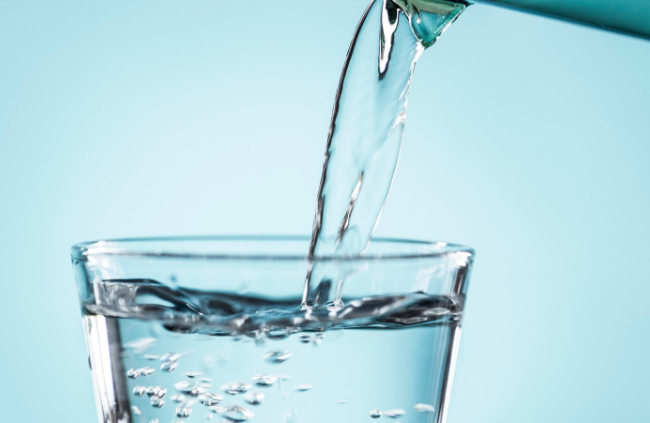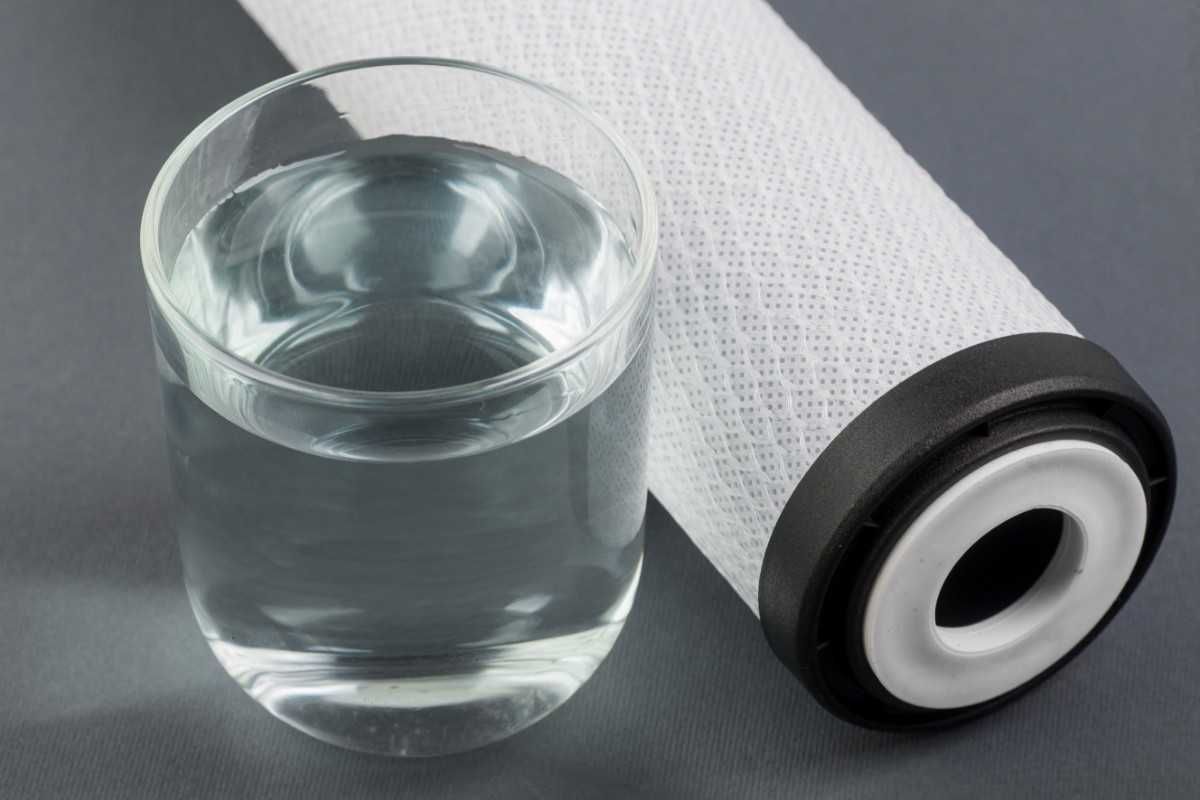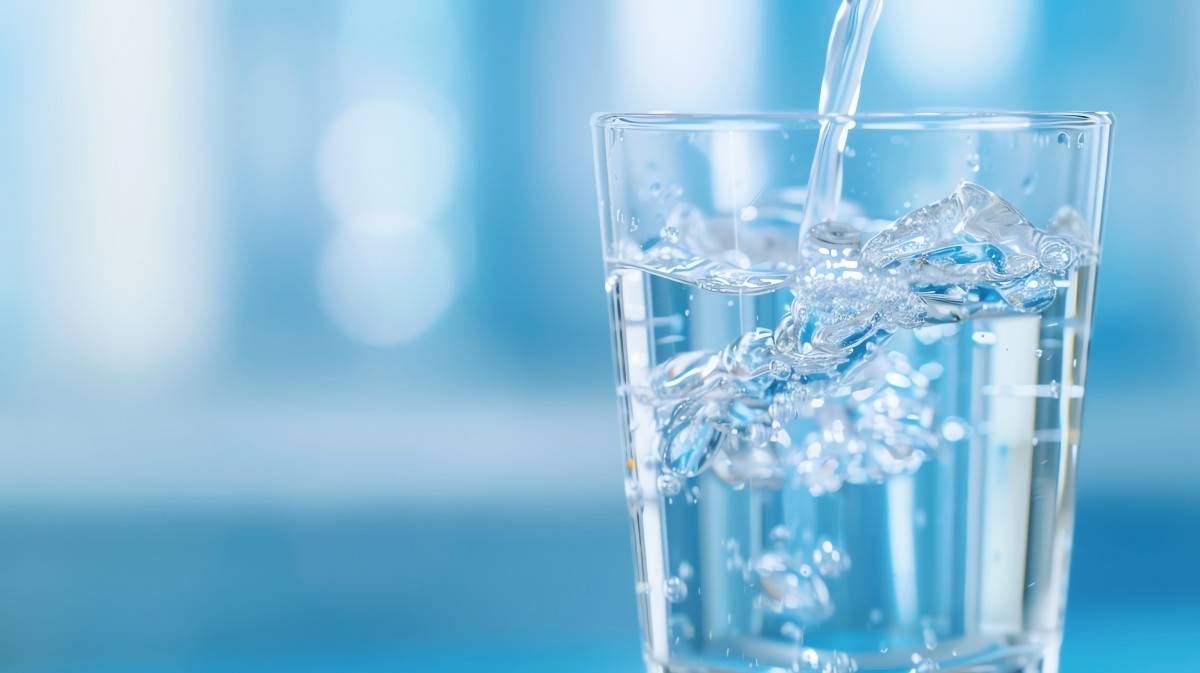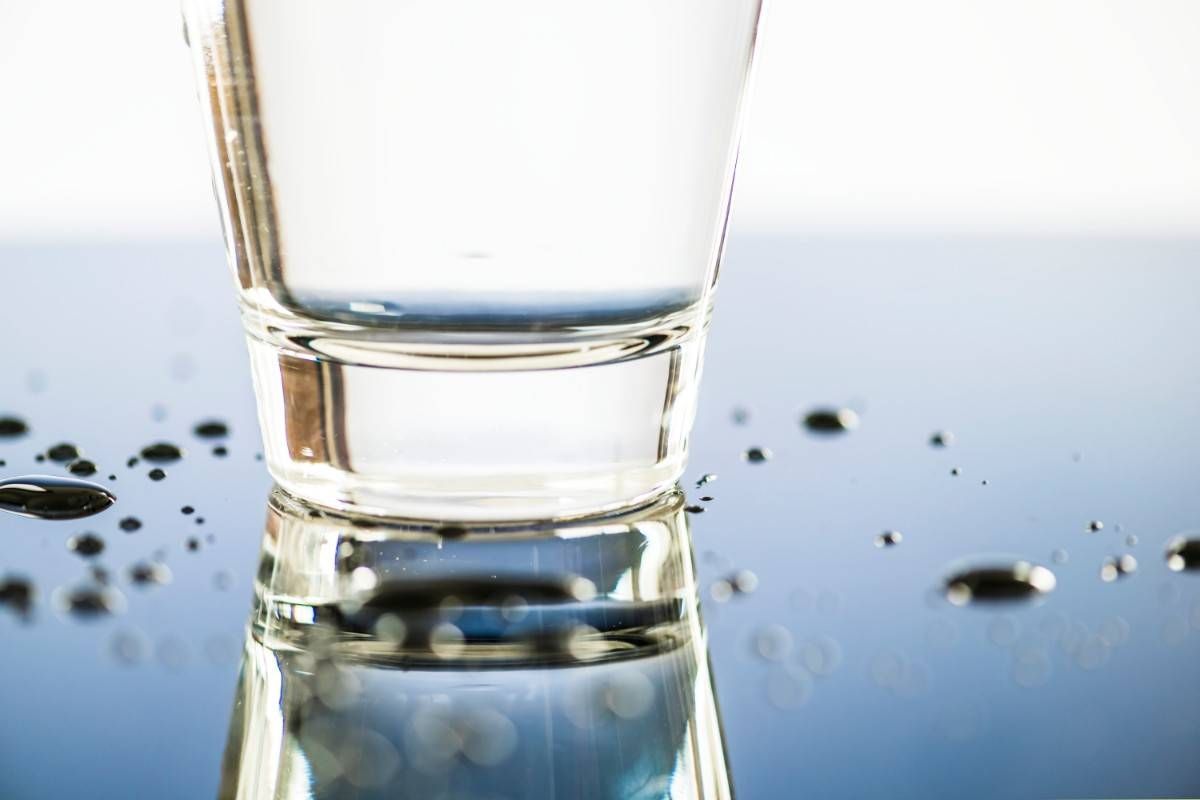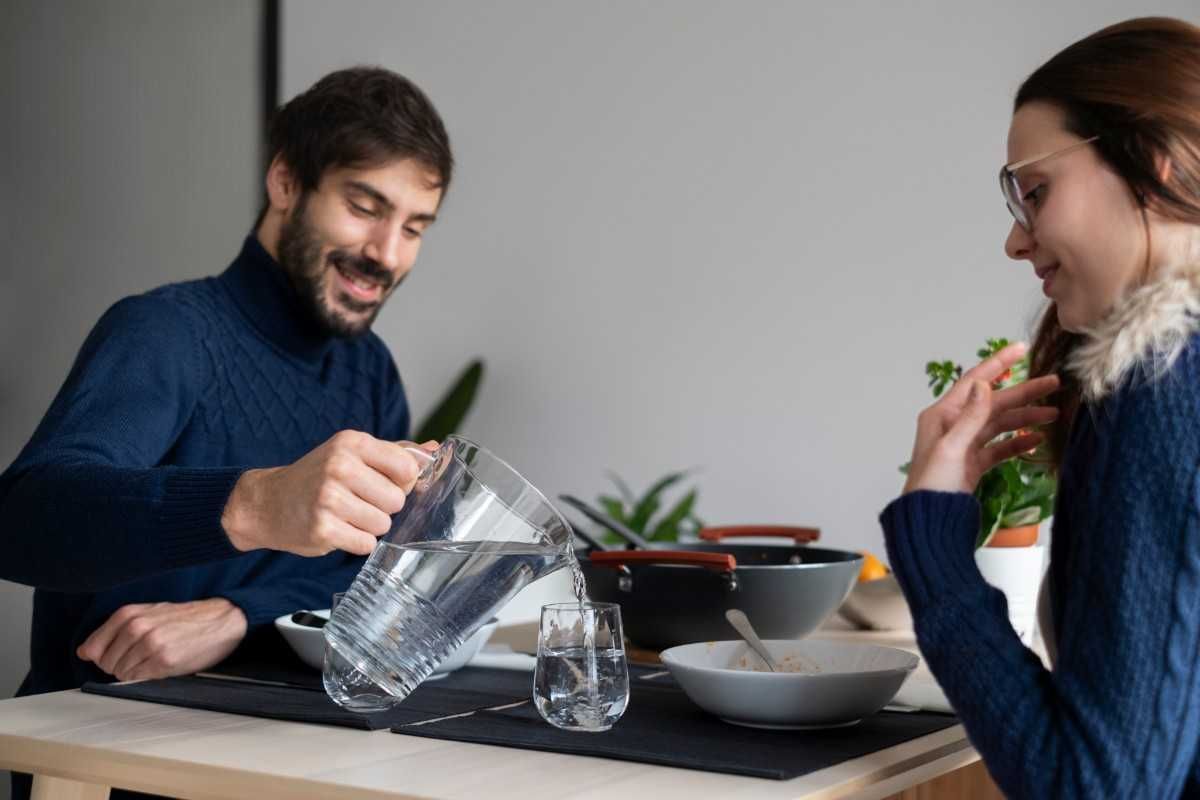Worried About Microplastics? A Drinking Water System for the Home Can Help
Tiny pieces of plastic are hiding in drinking water across America. These particles, called microplastics, can harm health over time. The good news is that a drinking water system for the home can stop these contaminants before they reach your glass.
Families want clean, safe water. Understanding how these systems work makes it easier to choose the right protection.
What Are Microplastics?
Microplastics are extremely small plastic bits. Each piece measures less than 5 millimeters, which is smaller than a grain of rice. They break off from plastic bottles, food packaging, and even synthetic clothes when washed.
Scientists are still learning about health risks. Early research shows these particles might carry dangerous chemicals into the body. Some microplastics also have bacteria stuck to their surface. This makes clean drinking water more important than ever.
How Filtration Systems Block Microplastics
A home water filtration system catches microplastics before they enter drinking water. Think of it like a super-fine net that blocks tiny particles. However, not every filter works the same way.
Reverse osmosis systems offer the best protection. Water gets pushed through a special membrane with incredibly tiny holes. These holes measure just 0.0001 microns, which is way too small for microplastics to squeeze through.
Choosing the Right Water System
Multi-stage filtration works better than single filters. The best systems have three or more stages. First, a sediment filter catches dirt and rust. Next, a carbon filter removes chemicals. Finally, the reverse osmosis membrane blocks the tiniest particles, including microplastics.
NSF certification proves a system actually works. This label means independent testers checked the system's performance. Look for NSF/ANSI Standard 58 on reverse osmosis units. This certification guarantees the system removes what it promises.
Easy filter changes keep the system running smoothly. Filters need replacement every few months to a year. Systems with simple designs let homeowners change filters themselves. This saves money on service calls.
Other Harmful Things These Systems Remove
A quality drinking water system for the home does more than filter microplastics. These systems tackle many water problems at once. This makes them a smart investment for long-term health.
Chlorine gives tap water that swimming pool smell and taste. Lead can leak from old pipes into drinking water. Pesticides wash off farms into water supplies. Even traces of medicines end up in some water sources. Good filtration systems catch all these contaminants.
UV sterilizers can work alongside filters for extra safety. These devices use ultraviolet light to kill germs. Bacteria and viruses that survive filtration get destroyed by UV light. Together, filters and UV create multiple layers of protection.
Finding the Perfect Drinking Water System
Every house has different water issues. What comes out of one tap might be very different from a neighbor's water. Getting water tested shows exactly what contaminants are present. This information helps choose the right filtration setup.
Some families only need a drinking water system under their kitchen sink. This filters water for cooking and drinking. Other homes benefit from whole-house systems that clean water at every faucet. The right choice depends on budget, space, and water test results.
Frequently Asked Questions
Do all water filters remove microplastics from drinking water?
No, basic filters cannot remove microplastics effectively. Pitcher filters and simple faucet attachments only catch large particles. They improve taste by removing chlorine but miss microplastics entirely. A reverse osmosis system provides the fine filtration needed. These systems have special membranes with holes measuring 0.0001 microns.
How often should filters be replaced in home drinking water systems?
Filter replacement timing varies by system type and water quality. Reverse osmosis systems have pre-filters that need changing every 6 to 12 months. These catch sediment and chemicals first. The main RO membrane lasts much longer, usually 2 to 3 years. UV sterilizer bulbs need replacement once a year to stay effective.
Can drinking water systems remove chemicals and bacteria along with microplastics?
Yes, quality systems remove many different contaminants at the same time. A multi-stage reverse osmosis system has carbon filters that catch chlorine, pesticides, and traces. The RO membrane blocks heavy metals like lead and arsenic while stopping microplastics.

